Effective Elbow Bursitis Relief: Urban Sport Rehab’s Physiotherapy Approach

Elbow bursitis, medically referred to as olecranon bursitis, is a condition that affects the small sac (bursa) located at the tip of the elbow. The bursa acts as a cushion between the bone and soft tissues like muscles and tendons. When this bursa becomes irritated or inflamed, it leads to swelling, pain, and difficulty moving the elbow. Understanding the causes, symptoms, and treatment options is crucial in managing this condition effectively. Urban Sport Rehab specializes in personalized physiotherapy treatment for elbow bursitis, helping patients get back to their daily routines and activities.
What is Elbow Bursitis?
The olecranon bursa is positioned just under the skin, over the bony tip of the elbow (olecranon). Normally, the bursa is flat and allows smooth movement between the skin and the elbow bone. When inflamed, the bursa fills with excess fluid, resulting in swelling and discomfort. The condition can be acute (short-term) or chronic (long-term), depending on the cause and how long the symptoms persist.
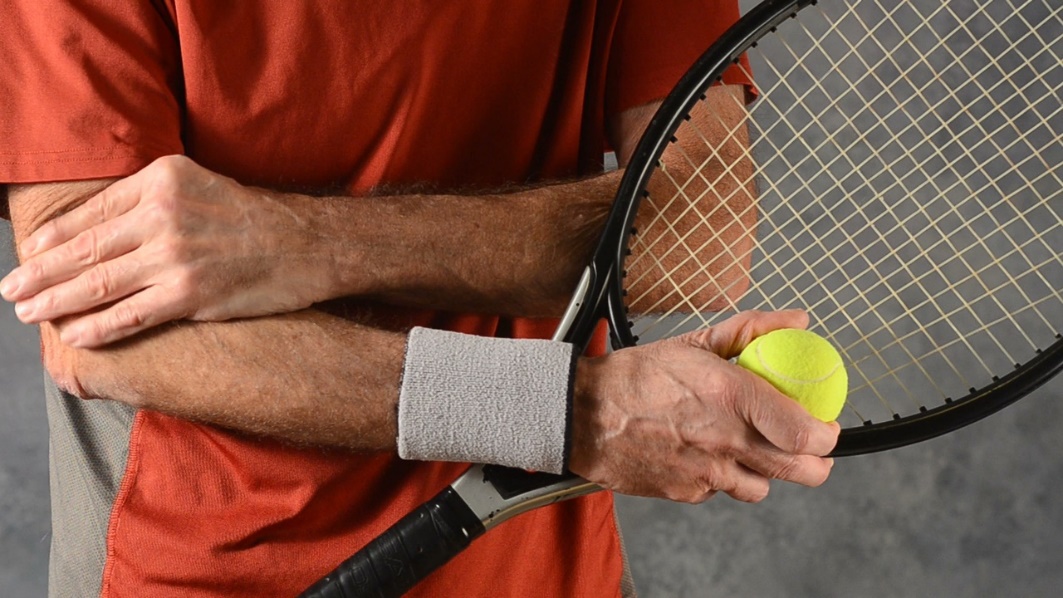
Common Causes of Elbow Bursitis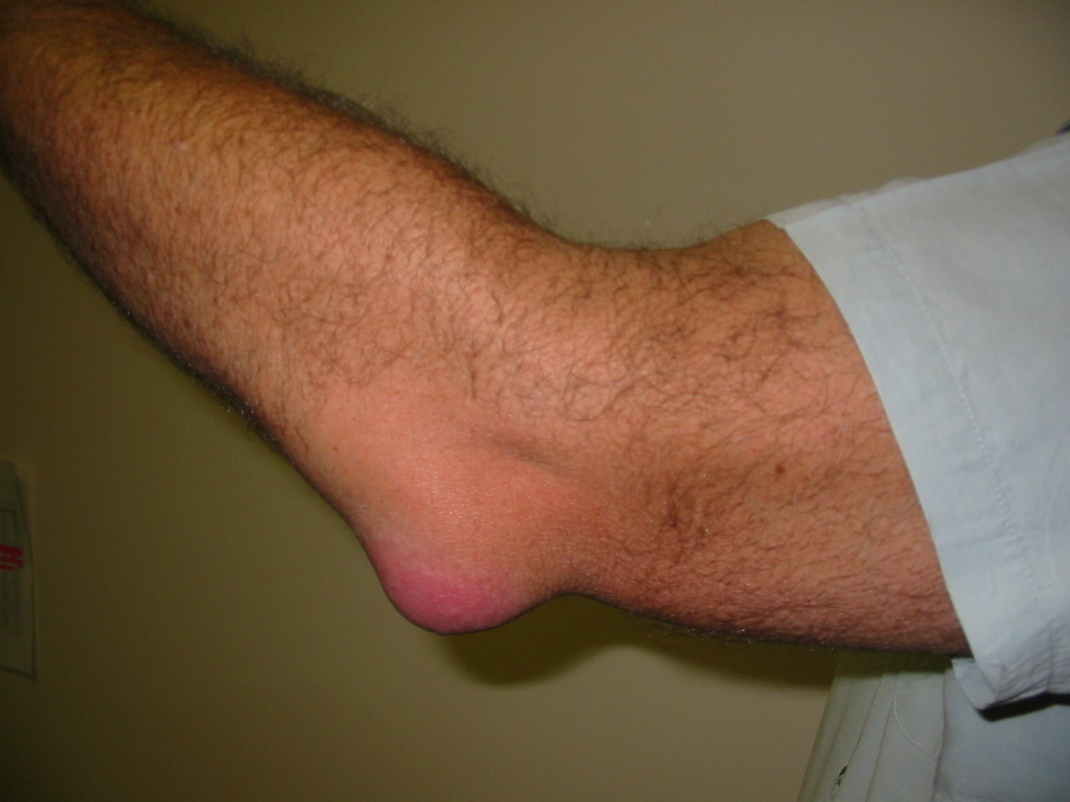
Symptoms of Elbow Bursitis
How Physiotherapy Can Help Treat Elbow Bursitis
At Urban Sport Rehab, physiotherapy plays a critical role in both the management and treatment of elbow bursitis. Here's how physiotherapy can address the condition:
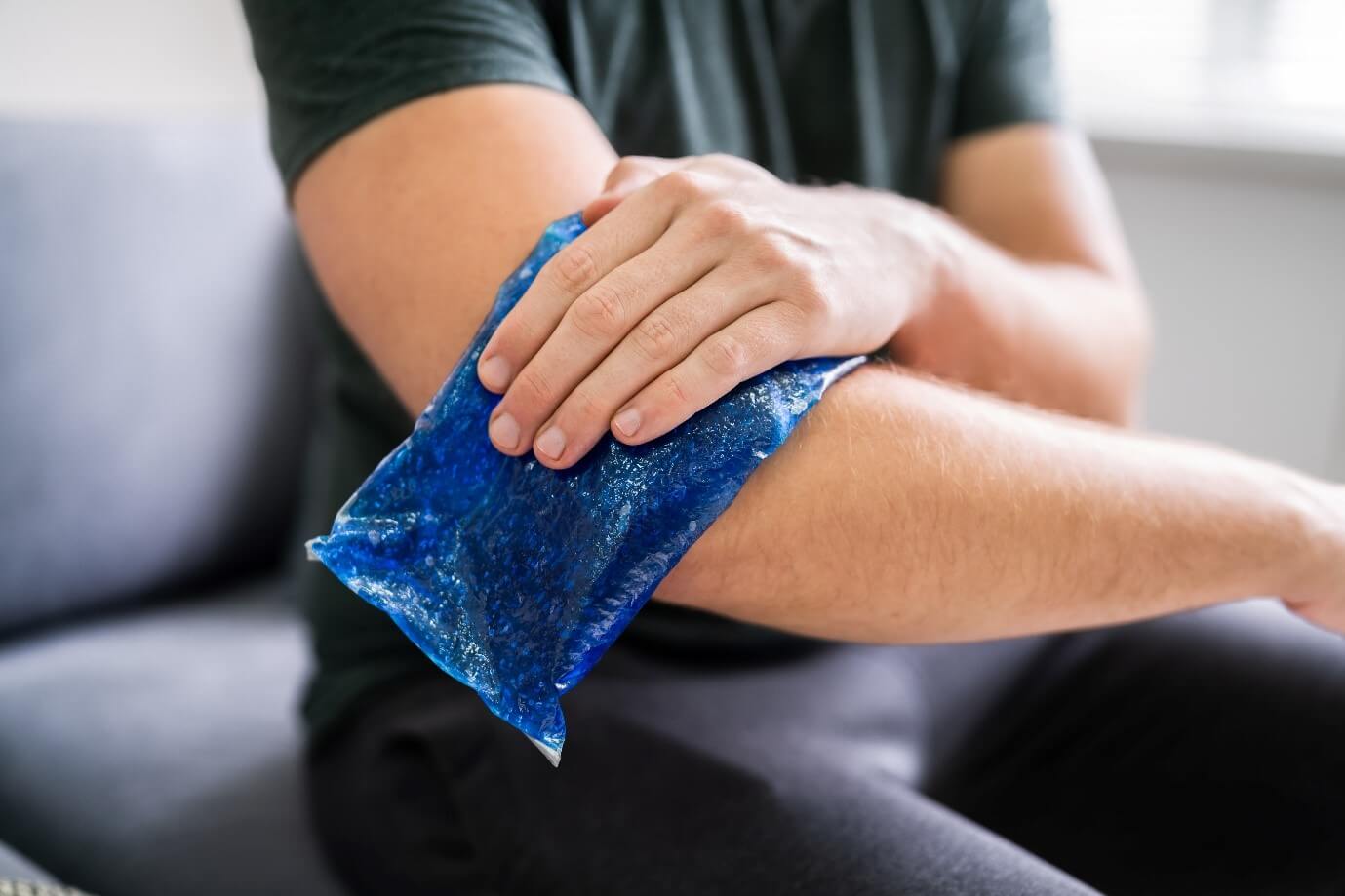
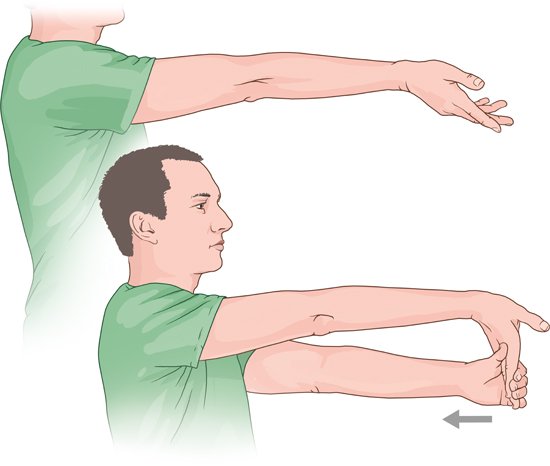

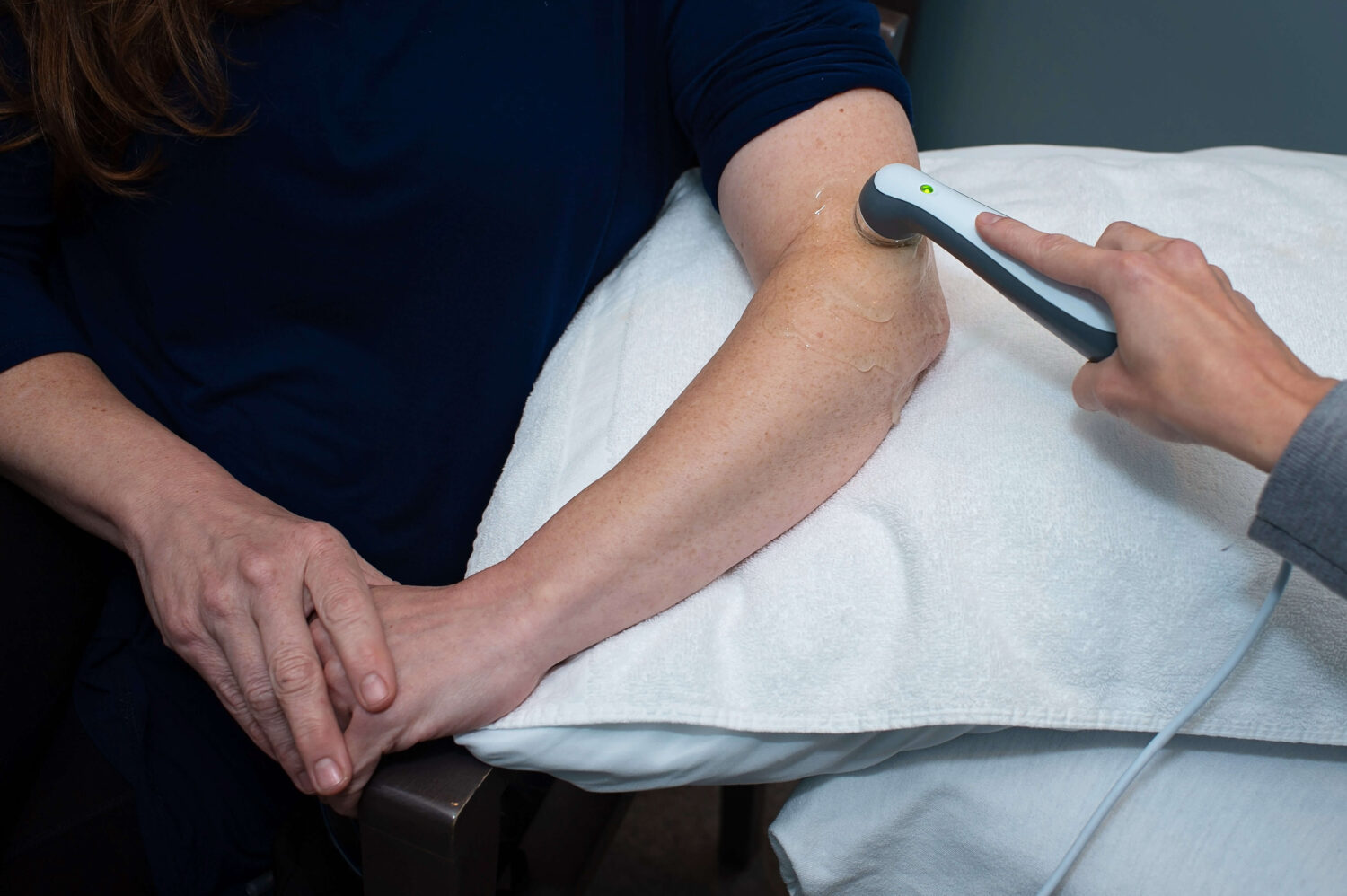
Why Urban Sport Rehab for Elbow Bursitis Treatment?
Urban Sport Rehab offers a holistic approach to treating elbow bursitis, combining expert physiotherapy techniques, patient education, and personalized care. With our state-of-the-art facility in Johor Bahru and a team of experienced physiotherapists, we ensure that patients receive the highest standard of care. We don’t just focus on treating symptoms; we aim for long-term recovery and prevention.
Conclusion
Elbow bursitis, though painful, is treatable with the right approach. Physiotherapy at Urban Sport Rehab provides effective relief by reducing inflammation, restoring function, and preventing future injuries. If you’re struggling with elbow pain, contact Urban Sport Rehab today to start your customized treatment plan and take the first step toward recovery.
#Elbowbursitistreatment #physiotherapyinJohorBahru #elbowpainmanagement #sportsinjuryphysiotherapy #injurypreventiontips #elbowbursitisrecovery #ergonomicsolutionsforelbowpain
What is Elbow Bursitis?
The olecranon bursa is positioned just under the skin, over the bony tip of the elbow (olecranon). Normally, the bursa is flat and allows smooth movement between the skin and the elbow bone. When inflamed, the bursa fills with excess fluid, resulting in swelling and discomfort. The condition can be acute (short-term) or chronic (long-term), depending on the cause and how long the symptoms persist.

Common Causes of Elbow Bursitis
- Repetitive Movements or Overuse
Repetitive activities that involve frequent bending or leaning on the elbow (e.g., resting elbows on hard surfaces for extended periods, throwing motions in sports like baseball) can irritate the bursa. Over time, this can cause the bursa to become inflamed, leading to bursitis. - Direct Trauma
A sudden blow or injury to the elbow, such as falling directly onto it, can cause acute inflammation of the bursa. Even a minor impact can result in bursitis, especially if there is repeated trauma over time. - Prolonged Pressure on the Elbow
People who spend long hours leaning on their elbows, such as those who work at desks or use their elbows for support while reading, may develop bursitis. This is often referred to as "student’s elbow" or "miner’s elbow" due to the prolonged pressure placed on the area. - Underlying Medical Conditions
Some systemic conditions, such as rheumatoid arthritis or gout, can predispose individuals to developing elbow bursitis. These diseases cause chronic inflammation in joints, which may eventually extend to the bursa. Infections (septic bursitis) can also cause the bursa to become inflamed and swollen if bacteria enter through a cut or scrape near the elbow.

Symptoms of Elbow Bursitis
- Swelling
The most noticeable symptom of elbow bursitis is swelling around the elbow. In mild cases, the swelling may only be visible as a slight bulge. However, in more severe cases, the swelling can be large and resemble a soft, fluid-filled lump. - Pain and Tenderness
Pain usually occurs with movement of the elbow or when pressure is applied to the affected area. The intensity of the pain can vary depending on the severity of the inflammation, and in some cases, the elbow may feel tender to the touch. - Limited Range of Motion
Elbow bursitis can lead to restricted movement. Patients may find it difficult to fully bend or straighten their elbow due to the swelling and pain. In cases of long-term bursitis, stiffness may persist even after the initial swelling subsides. - Redness and Warmth
In cases of septic bursitis (bursitis caused by infection), the skin around the elbow may appear red and feel warm to the touch. This is often accompanied by fever or chills and requires immediate medical attention. - Visible Bump at the Elbow
A noticeable bump or bulge at the back of the elbow may form due to the accumulation of excess fluid in the bursa. In some cases, this bump can be mistaken for other conditions like cysts or tumors, but a proper diagnosis can distinguish it as bursitis.
How Physiotherapy Can Help Treat Elbow Bursitis
At Urban Sport Rehab, physiotherapy plays a critical role in both the management and treatment of elbow bursitis. Here's how physiotherapy can address the condition:

- Pain and Inflammation Management
- Manual Therapy: Skilled physiotherapists use manual techniques to gently mobilize the soft tissues and muscles around the elbow. Soft tissue massage can help reduce tension and pain in the surrounding area, while improving blood flow to promote healing.
- Ice and Heat Therapy: To manage inflammation and pain, cryotherapy (cold therapy) is often used in the initial stages. This helps reduce swelling and numbs the area to provide relief. Heat therapy may also be applied later in the recovery process to increase circulation and relax the muscles.

- Restoring Range of Motion
- Joint Mobilization and Stretching: Stiffness and limited motion are common in elbow bursitis. Physiotherapy focuses on restoring full range of motion through specific joint mobilization techniques and stretching exercises. The goal is to regain flexibility without aggravating the bursa.

- Strengthening and Stabilization Exercises
Strengthening the muscles around the elbow joint, such as the triceps and forearm muscles, helps redistribute the load placed on the elbow. This reduces pressure on the bursa, promoting healing and preventing re-injury. A progressive exercise plan will be developed based on the patient's specific needs, ensuring a safe and gradual recovery.

- Electrotherapy Modalities
- Ultrasound Therapy: This non-invasive treatment uses sound waves to penetrate deep into the tissues, stimulating cellular repair and improving circulation. It’s particularly effective for reducing inflammation in chronic bursitis cases.
- TENS (Transcutaneous Electrical Nerve Stimulation): TENS therapy uses mild electrical currents to block pain signals and provide relief. It’s an excellent complement to other physiotherapy techniques.
- Education and Ergonomic Adjustments
Physiotherapists also educate patients on how to modify daily activities that could be contributing to their bursitis. Whether it's adjusting workstations or changing exercise techniques, ergonomic advice can prevent future flare-ups. At Urban Sport Rehab, we work closely with patients to ensure long-term success in managing their condition. - Prevention and Long-Term Care
Physiotherapy is not just about immediate symptom relief—it also focuses on long-term prevention. Strengthening and flexibility exercises are incorporated into a home program, and patients are advised on how to prevent further irritation to the bursa. This holistic approach ensures that the patient’s recovery is sustainable and prevents recurrence.
Why Urban Sport Rehab for Elbow Bursitis Treatment?
Urban Sport Rehab offers a holistic approach to treating elbow bursitis, combining expert physiotherapy techniques, patient education, and personalized care. With our state-of-the-art facility in Johor Bahru and a team of experienced physiotherapists, we ensure that patients receive the highest standard of care. We don’t just focus on treating symptoms; we aim for long-term recovery and prevention.
Conclusion
Elbow bursitis, though painful, is treatable with the right approach. Physiotherapy at Urban Sport Rehab provides effective relief by reducing inflammation, restoring function, and preventing future injuries. If you’re struggling with elbow pain, contact Urban Sport Rehab today to start your customized treatment plan and take the first step toward recovery.
Sep 28,2024
